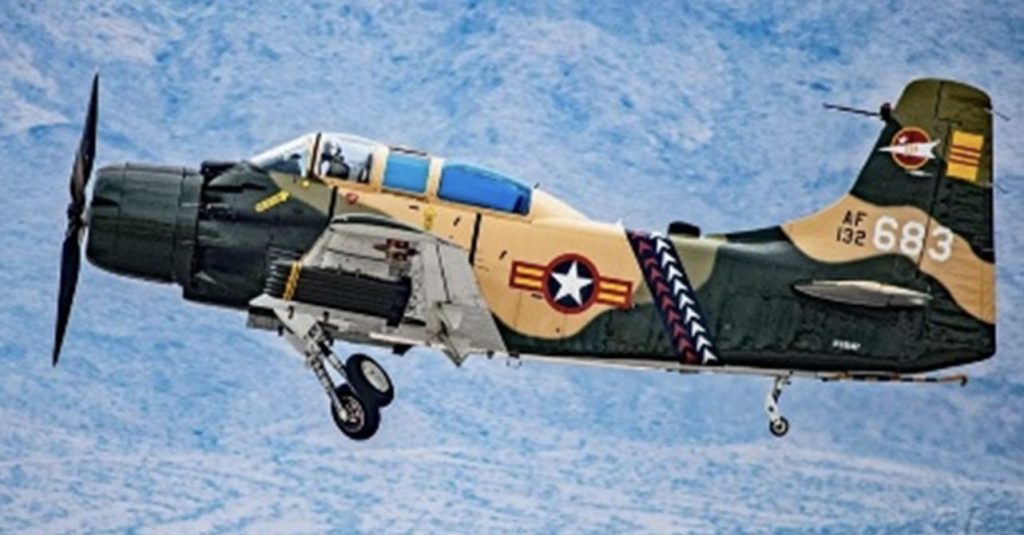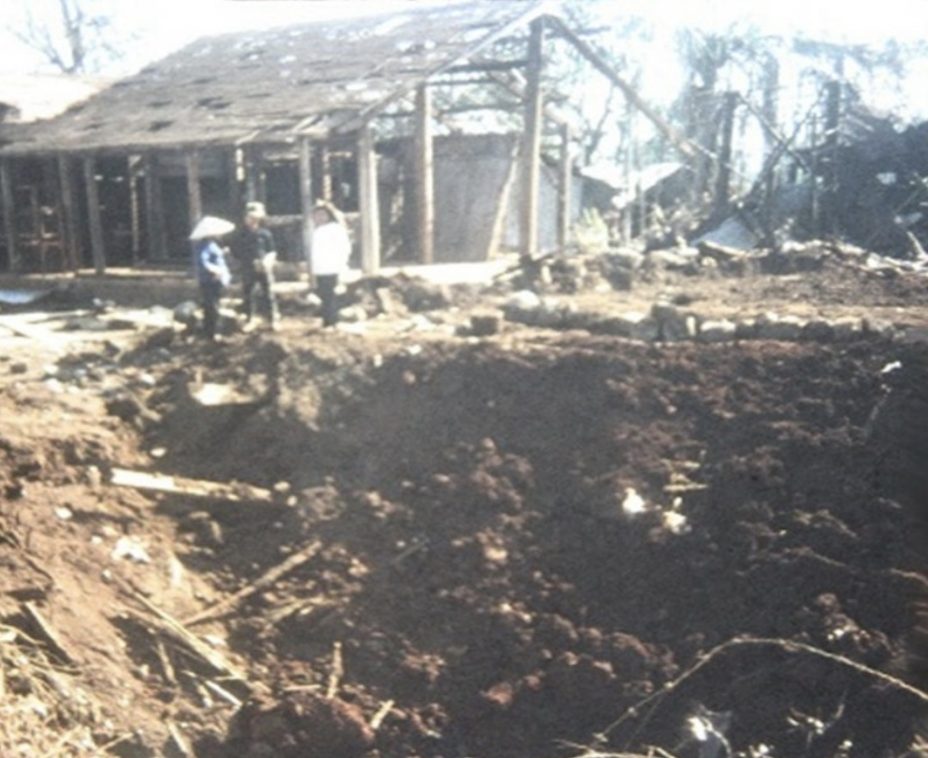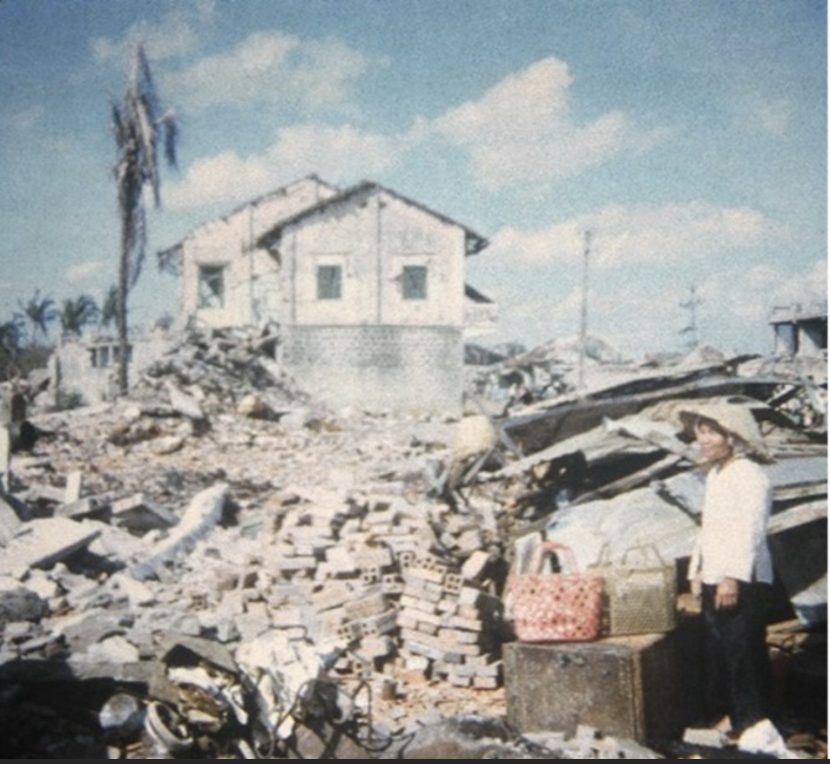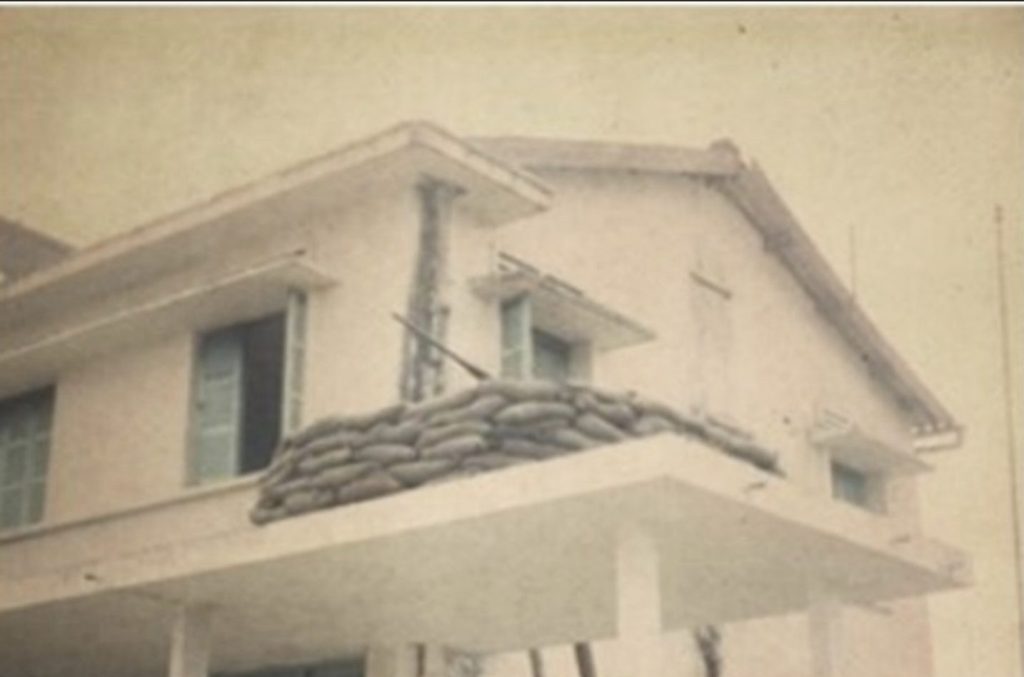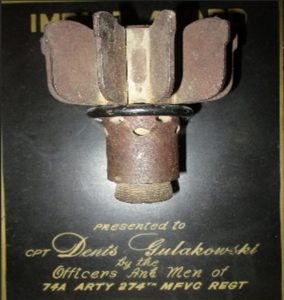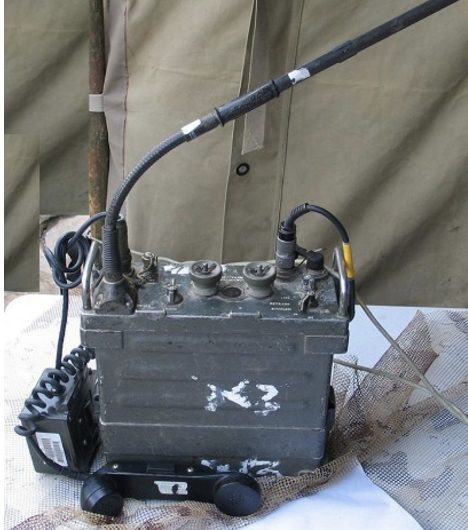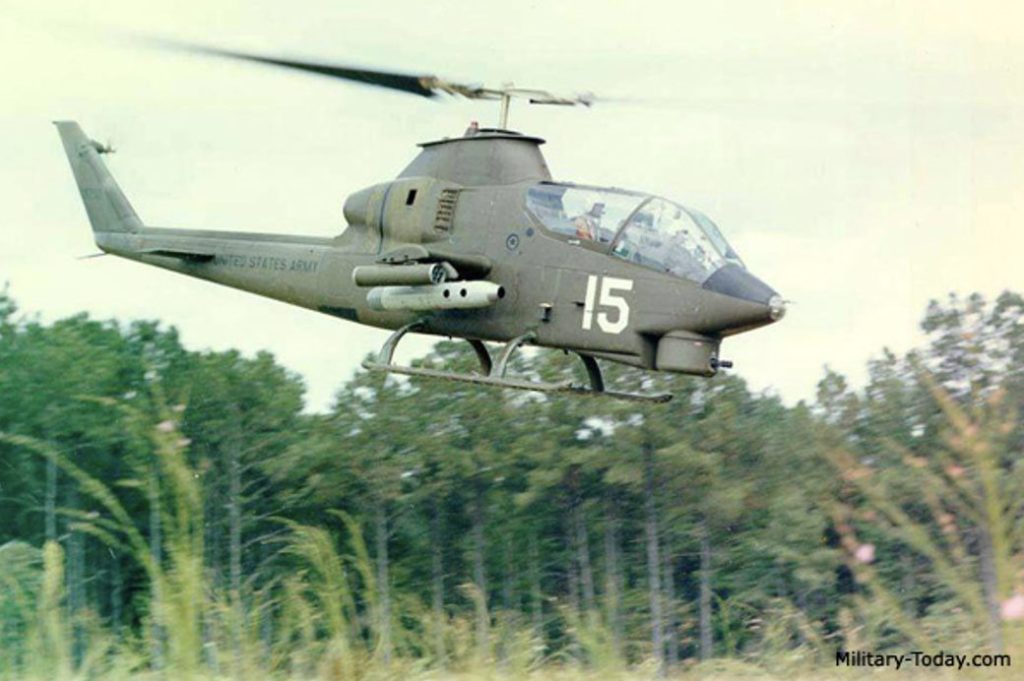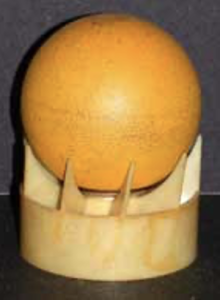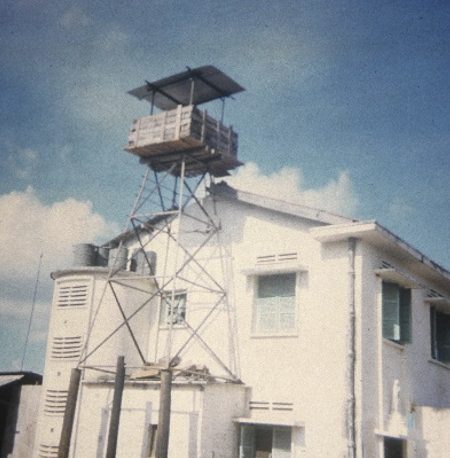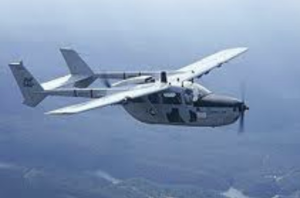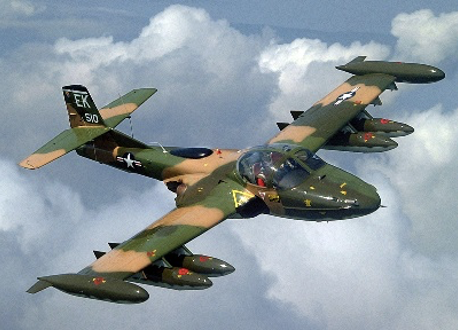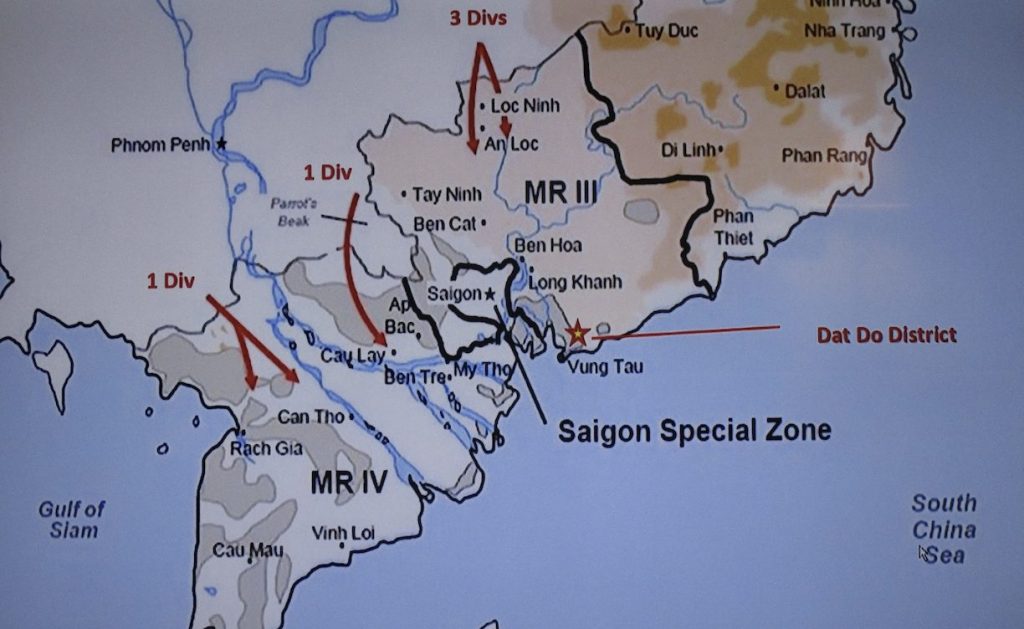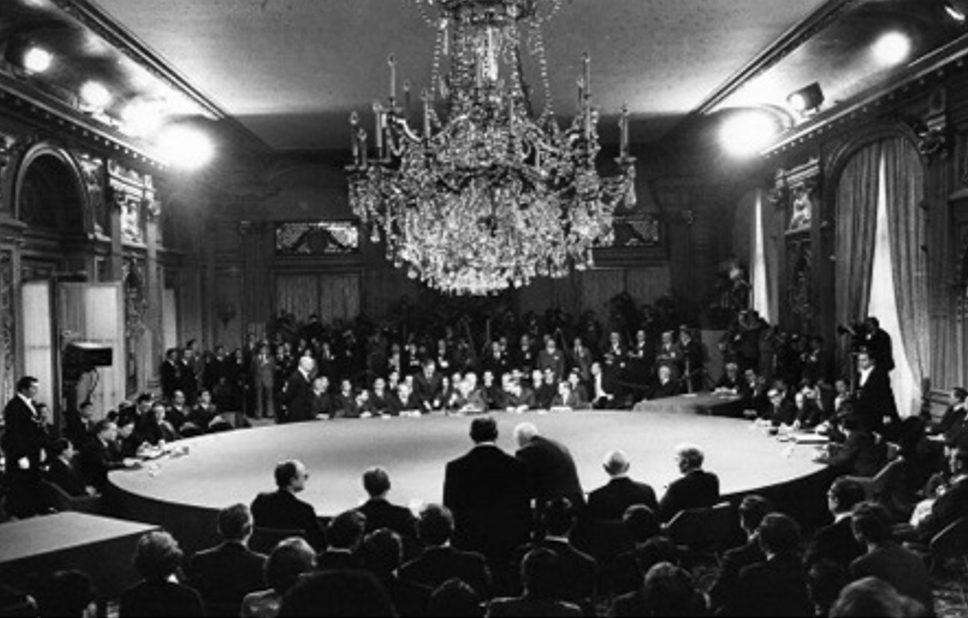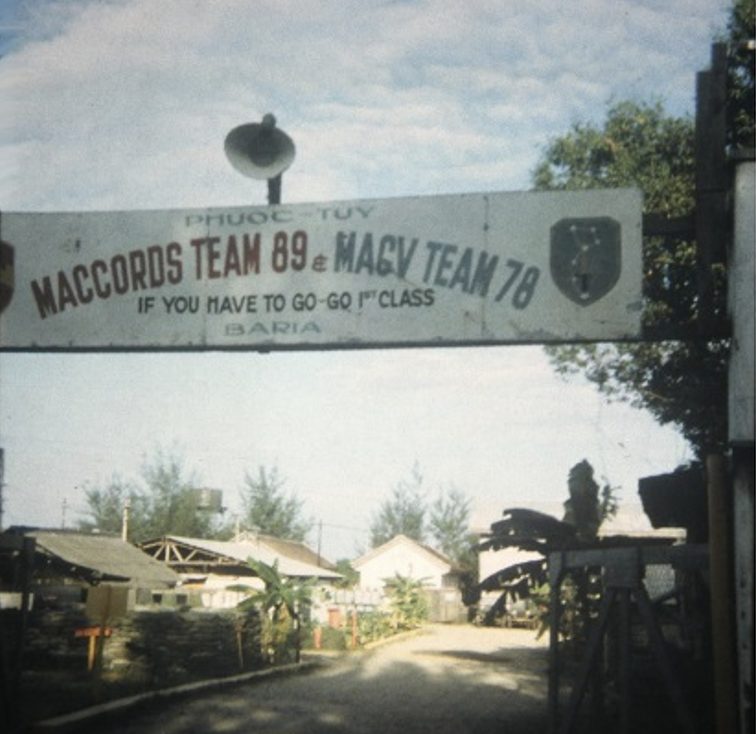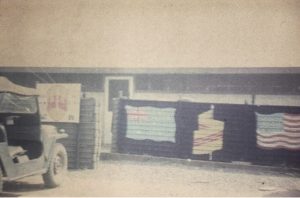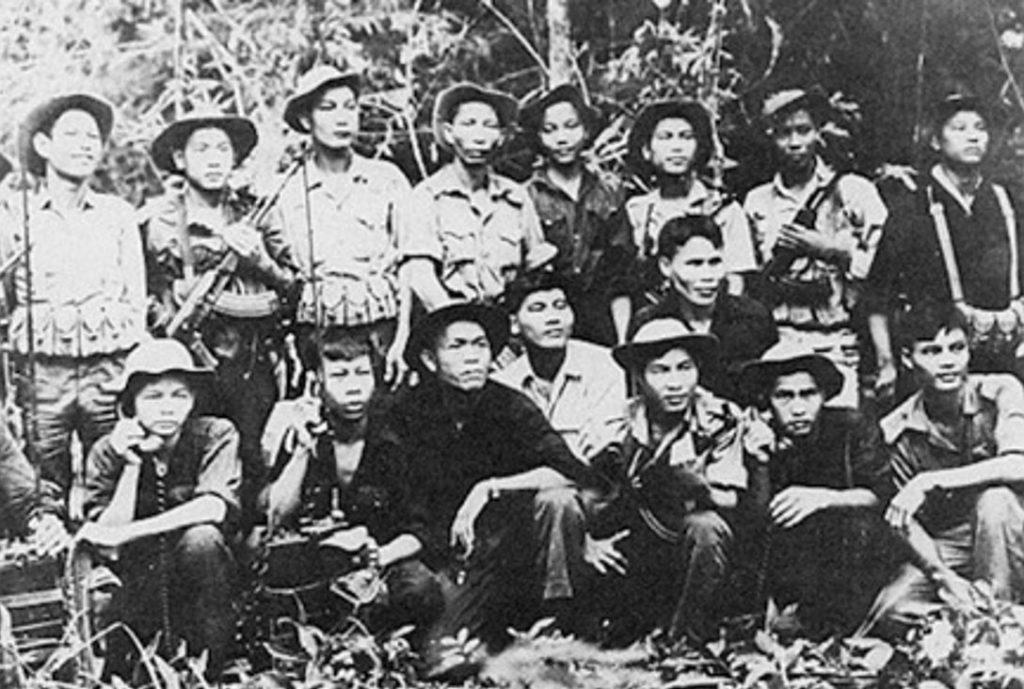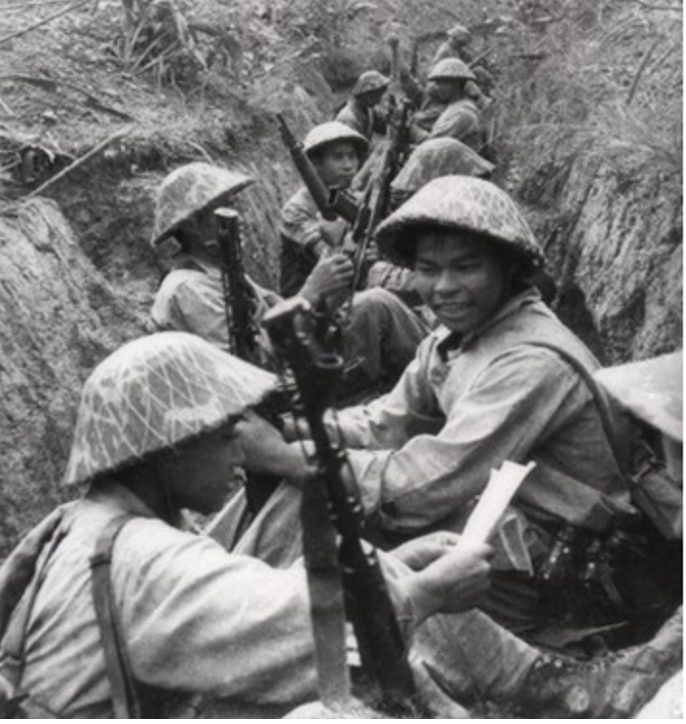Considering how the Army influenced my life – what the Army means to me, I thought the best way to do this was to repeat facts from a simple presentation I had given to my granddaughters’ elementary school, which annually recognized veterans of the students’ families near the Veterans Day holiday. I did it for 13 years and received amazing responses from the young students in the classes every single year. I focused on things that the average person wouldn’t be doing, but would be experienced in the Army more or less routinely. I supplemented the activities with video clips to portray the events more realistically.
Extracts from the presentation are shown here:
- I spent 25 years in the Army, and enjoyed the support of my family throughout.
- Some really neat & fun things I got to do in the Army included:
- Flying in a helicopter at very low altitude (known as Nap of the Earth) Parachuting out of an airplane,
- Skimming along the water in a zodiac boat,
- Rappelling down the side of a cliff,
- Doing the Slide for Life on a zip line
- Bouncing along different terrain in an armored personnel carrier.
I also did a bit of traveling throughout our country, in a dozen different states to include California and Virginia and many in between. I also ventured to a few countries overseas to include Iceland, Germany, Turkey and Vietnam.
One of the most important things was my ability to work with so many patriotic and dedicated individuals from all walks of life who wanted to serve their country.
I’ve done a lot of interesting and fun things and have seen many places in the United States and around the world, which would not have happened if I hadn’t been in the Army. My experiences were amazing and I’ll always have those memories.
Looking back over my life in the Army with my wife of nearly 55 years JoAnne, we experienced many great events that we shared with our children and grandchildren. We also learned the nuances of local cultures in different parts of the country, to include food preferences such as shrimp and grits and baby back ribs.
I could not have imagined how much my life would change after I graduated, but I loved all of it.



